Galería Hyundai (갤러리 현대)
7.3Km 2021-03-09
Samcheong-ro 14, Jongno-gu, Seúl.
+82-2-2287-3500
Fue inaugurada en abril de 1970, con el nombre “Hyundai Hwarang” en Insa-dong, distrito de Jongno-gu, Seúl. Durante más de 40 años ha presentado exposiciones de los artistas más célebres en la historia de Corea: Park Su-geun, Lee Jung-seob, Kim Hwan-gi, Chang Ucchin, Chun Kyung-ja, Lee Dae-won, Yu Yeong-guk, Lee U-fan, Paik Nam-june, Shim Moon-seup, etc.
Consta de dos edificios, el principal y otro anexo, y también dispone de una sede en Gangnam. La galería de Gangnam abarca una dimensión más amplia de artistas sin restricción de género ni estilo, de tal manera que presenta exposiciones de alta calidad, posibilitando el conocimiento del mercado artístico tanto nacional como extranjero. Esta institución artística también se encarga de presentar y promocionar a artistas jóvenes.
Dugahun (두가헌)
7.3Km 2020-05-07
14, Samcheong-ro, Jongno-gu, Seoul
+82-2-3210-2100
The wine restaurant, dugahun, is located in the backyard of Gallery Hyundai on Samcheong-dong Road. As the name Dugahun, translated ‘a very beautiful house’, implies, the restaurant is characterized by its exquisite, antique architecture that dates back to the 1910s. Combining fine Western dining and a wide selection of wines with a beautiful hanok interior, dugahun provides visitors with a unique dining experience. For an added element of culture, visit Gallery dugahun (the adjacent Russian-style brick building) and take a look at the array of domestic and international artwork on display.
Vegetarian Restaurant Osegyehyang (채식요리전문점 오세계향)
7.3Km 2019-12-23
14-5 Insadong 12-gil, Jongno-gu, Seoul
+82-2-735-7171
Osegyehyang is a vegetarian restaurant location in Insa-dong, a street known for its traditional culture and crafts. It serves various dishes that cater to the needs of vegetarian customers.
Okjeong (옥정)
7.3Km 2021-03-19
18, Insadong, 12-gil, Jongro-gu, Seoul
+82-2-733-5412
A traditional Korean restaurant serving hanjeongsik (Korean table d'hôte) for 30 years now. The representative menu is Korean table d''hote. This is a Korean cuisine located in Insa-dong, Seoul.
Hema Studio (헤마스튜디오)
7.3Km 2023-06-14
Nonhyeon-dong 20-10, Gangnam-gu, Seúl
Kkotbabe Pida (꽃밥에피다)
7.3Km 2021-03-26
3-6, Insadong 16-gil, Jongno-gu, Seoul
+82-2-732-0276
It is a 2021 Michelin Guide restaurant. This restaurant's signature menu is bibimbap. This Korean dishes restaurant is located in Jongno-gu, Seoul.
A Flower Blossom on the Rice (꽃,밥에피다)
7.3Km 2023-10-16
Insa-dong 16-gil 3-6, Jongno-gu, Seúl
Insa Art Plaza (인사아트프라자)
7.3Km 2024-02-21
Insadong-gil 34-1, Jongno-gu, Seúl
853 (팔오삼)
7.3Km 2021-03-24
16, Insadong, 12-gil, Jongno-gu, Seoul
+82-70-8832-0853
This is a juicy pork restaurant. This Korean dishes restaurant is located in Jongno-gu, Seoul. The most famous menu is grilled pork belly.
Parque Abierto Songhyeon (열린송현녹지광장)
7.3Km 2025-05-28
Songhyeon-dong 48-9, Jongno-gu, Seúl
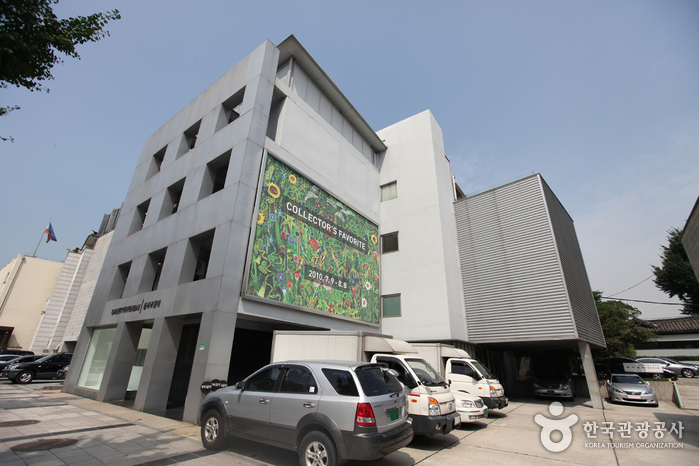
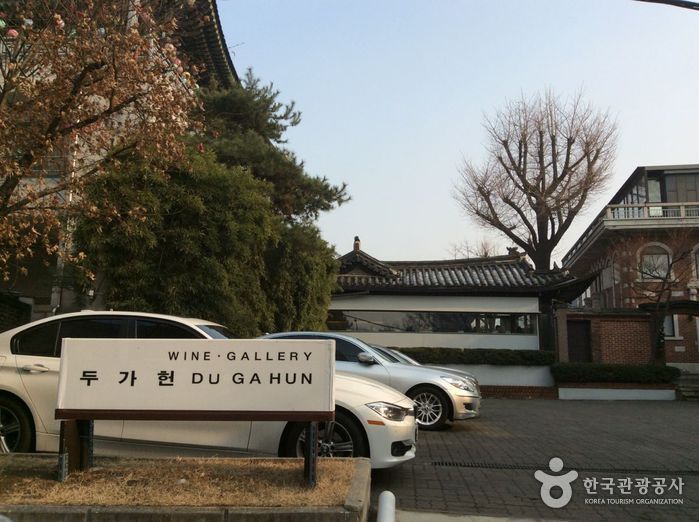
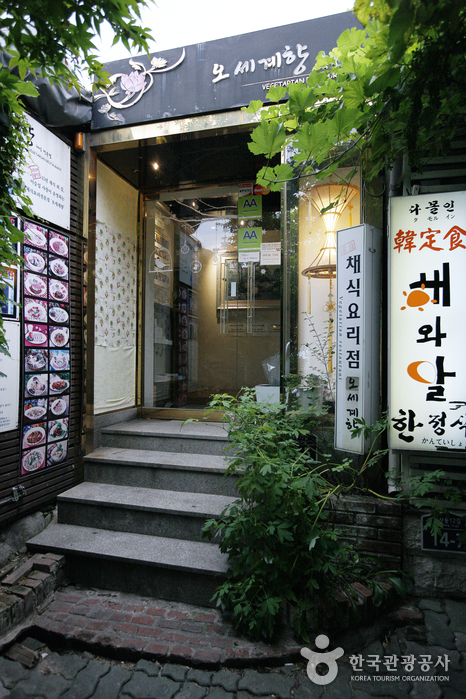
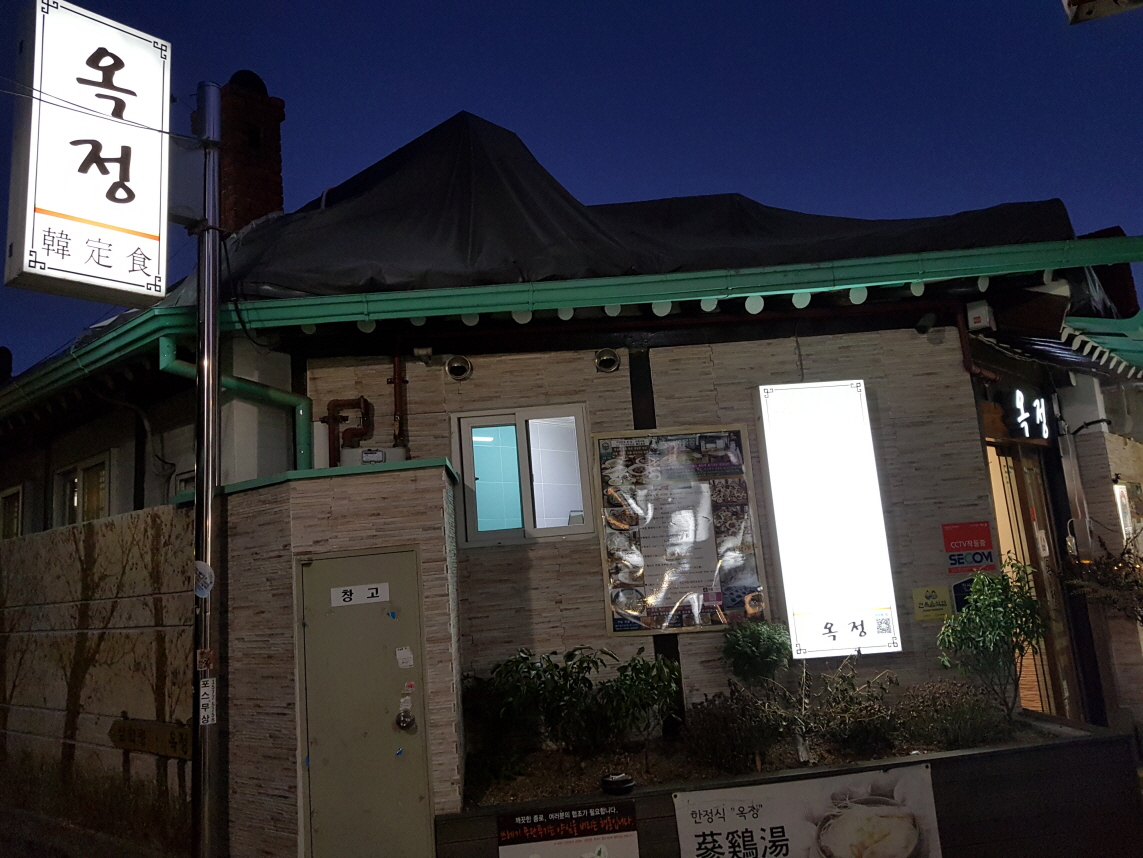

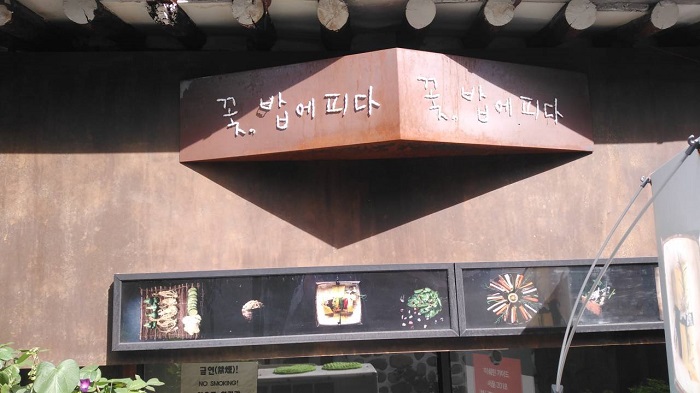
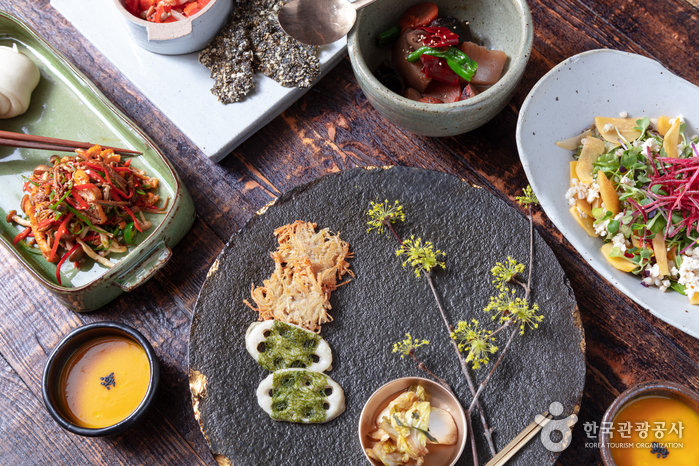
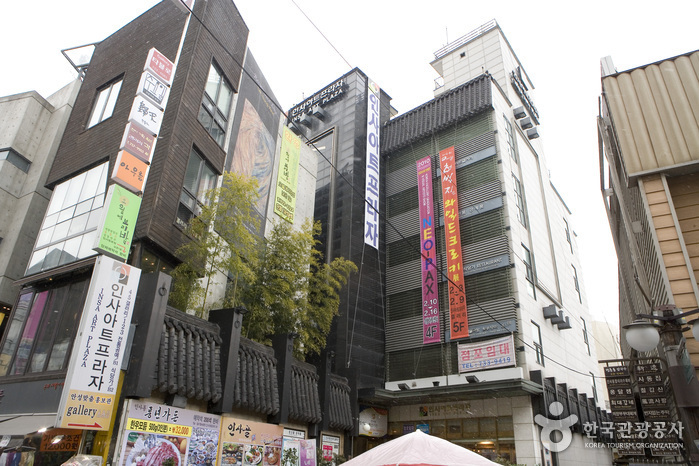
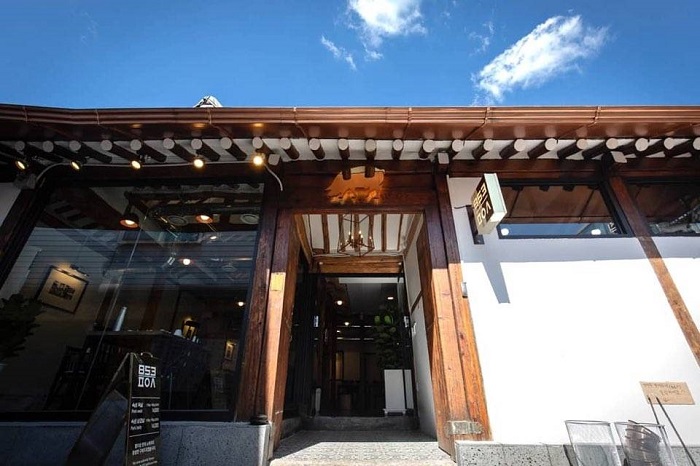
 Español
Español
 한국어
한국어 English
English 日本語
日本語 中文(简体)
中文(简体) Deutsch
Deutsch Français
Français Русский
Русский